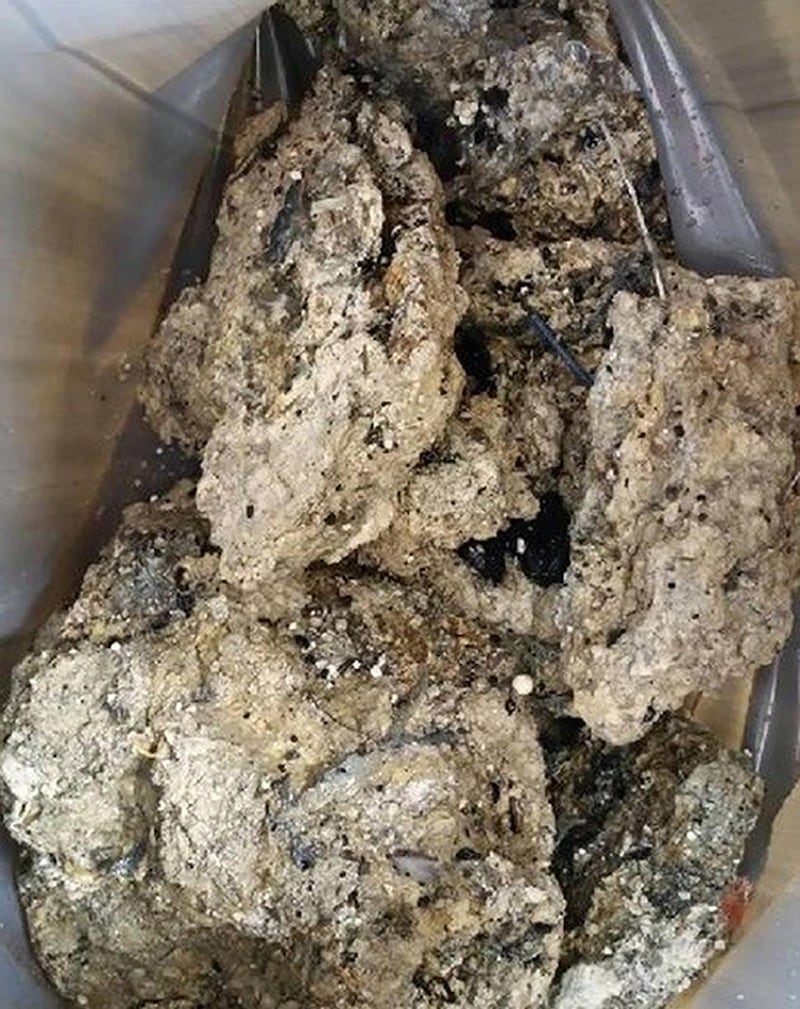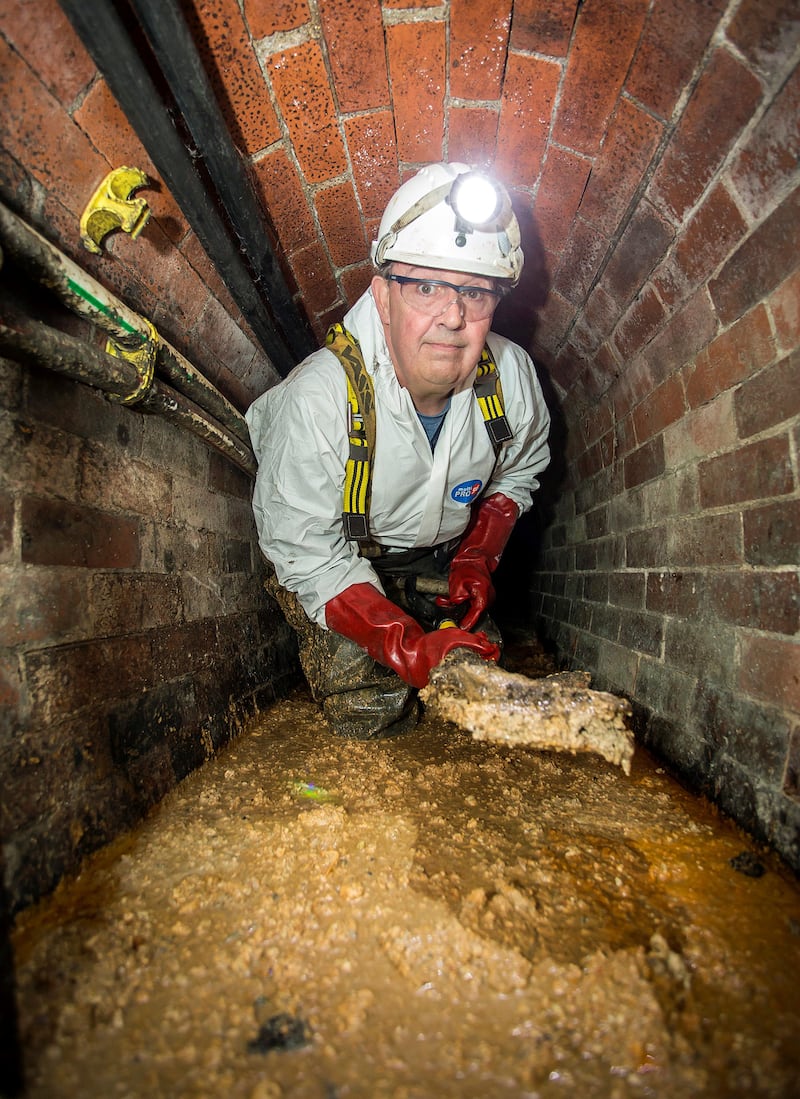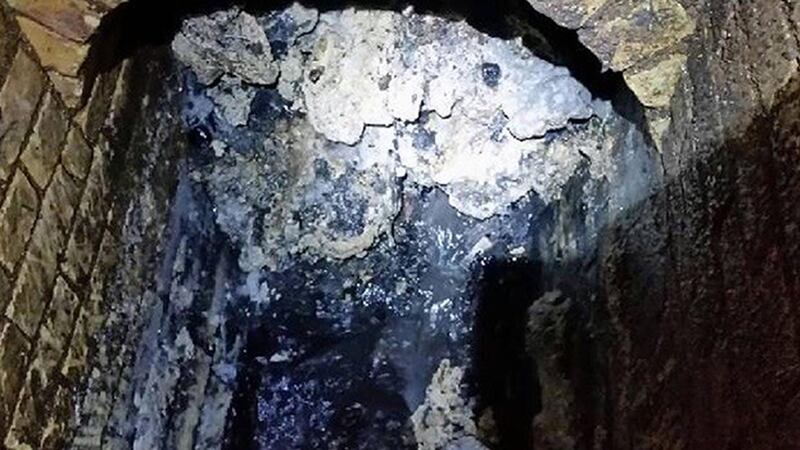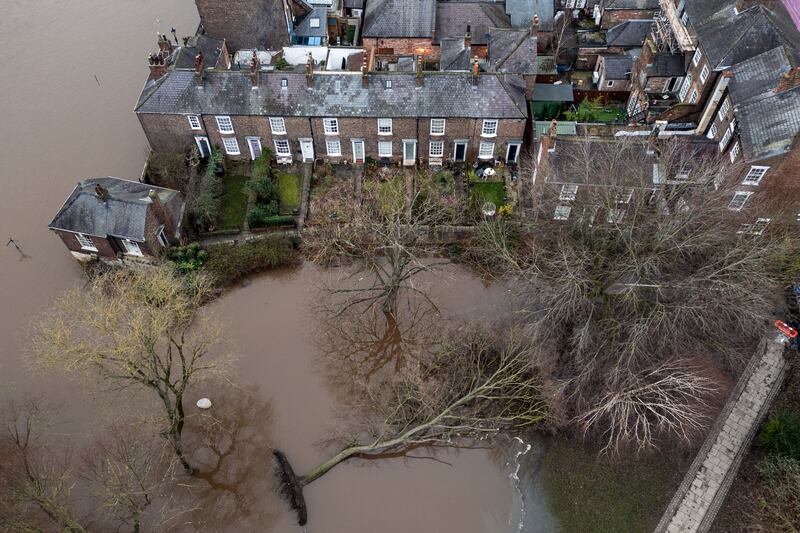Nine in 10 restaurants and takeaways in London are feeding sewer-clotting “fatbergs” by letting grease, oil and scraps slide down their waste systems.
Visits to hundreds of food outlets across the capital revealed the majority had no system for dealing with excess gunk, Thames Water found.
The company, which spends around £1 million per month cleaning sewers, called the findings “staggering”.
On Whitechapel Road, where a 130-tonne blockage was recently discovered, no restaurants had a working grease-trap, it said.

Sewer network manager Stephen Pattenden said: “We’re not suggesting anyone intentionally pours the contents of a fat fryer down the drain, but it’s more about the gunk that comes from dirty plates, pots and pans.
“A simple, well-maintained grease-trap will capture that stuff and stop it entering the sewer and turning into a monster fatberg.
“We’ve been welcomed with open arms by many food outlets who regularly spend hundreds of pounds clearing internal blockages.
“They were delighted when our experts told them how to prevent it.”

Restaurants which do not have proper systems in place will be visited again in several months, facing prosecution if they fail to make required changes.
Fatbergs are caused by oil, fat and grease merging with wet wipes, condoms and other unflushables, accumulating into vast blockages.
Thames Water said it was funding a PhD student to study the fatty formations, including looking at ways to turn the waste into renewable energy.








